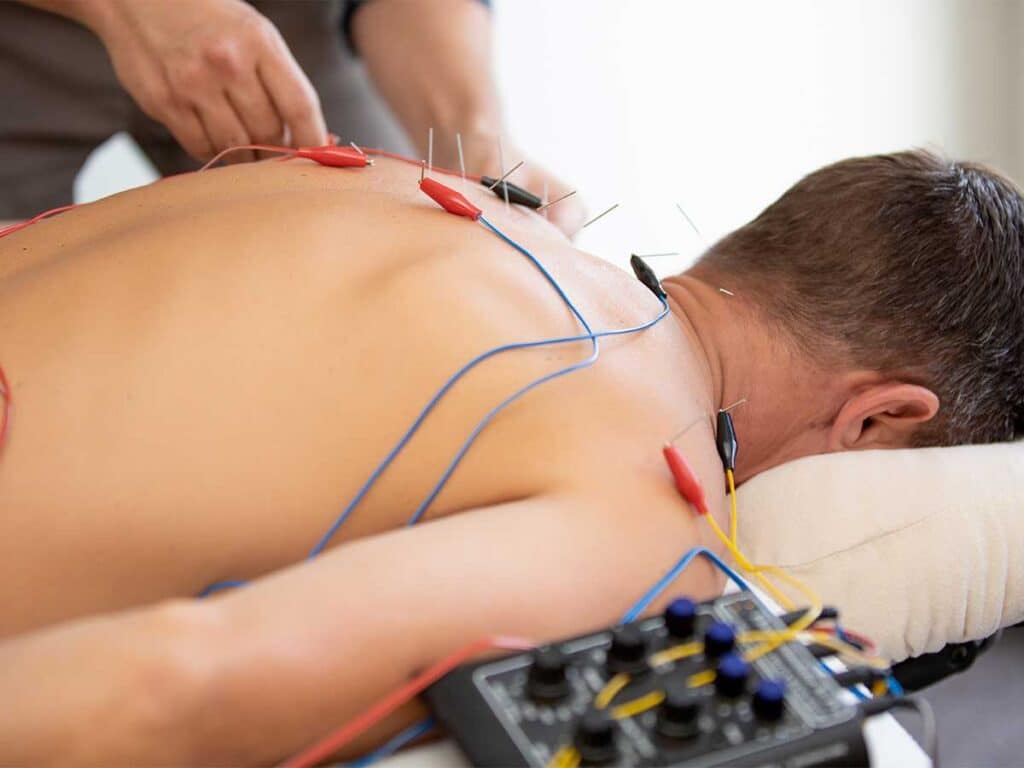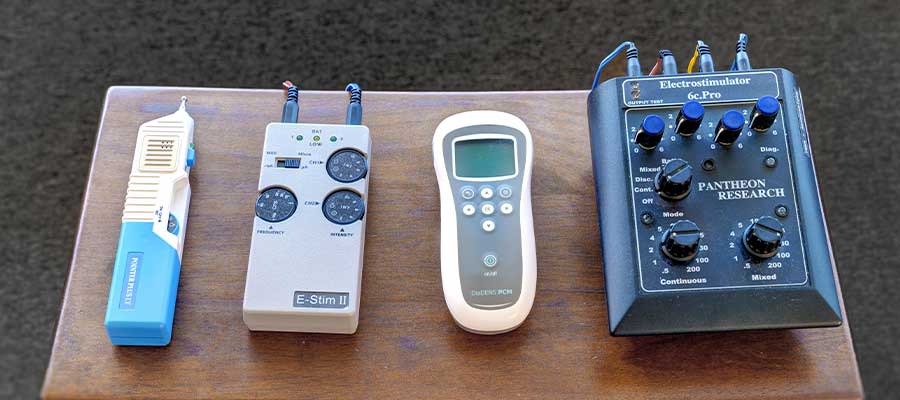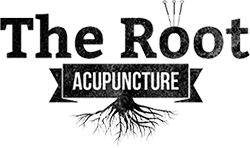Electroacupuncture

History
The first use of electricity for pain relief can be traced back to ancient Rome. Scribonius Largus, a Greek physician practicing in Rome, explained how he and other Roman doctors would fish the Mediterranean for torpedo fish. When in danger, these fish have the capability of delivering a 220-volt shock via their own internal organs. The fish were said to be placed into buckets of water and gout patients would place their feet into the same bucket to receive the electrical shock to ease their foot pain. Scribonius’ most famous treatment, however, was placing the same torpedo fish on the face of headache patients until their senses went numb. Today, the medical term “torpor” comes from this famous treatment – the definition is “a state of physical or mental inactivity.”
The combination of acupuncture and electrical stimulation that we use in the clinic today all stems from innovations back in the 1930’s. Electrical stimulation was seen as an alternative mechanism to repeat hand stimulation of the needles. This technique gained recognition as a pain-suppressing treatment in the 1950’s where after WWII, many nations (Japan, Korea, China, West Germany, China, and the Soviet Union) all started to study the effect of electrical impulses on the body at various points. There has been countless research performed over the years with electrical stimulation, but the main advantages to using this therapy are: providing hands-free stimulation, it increases stimulus and the length of time of stimulus, it is easier to regulate the stimulus, it can relax muscles, and it is important for anesthesia.

